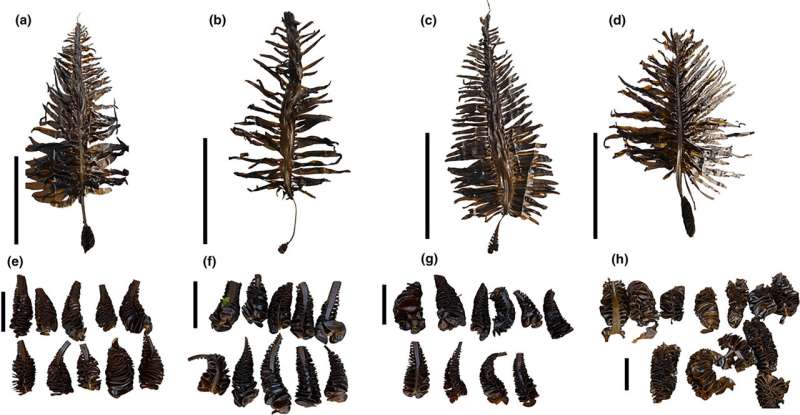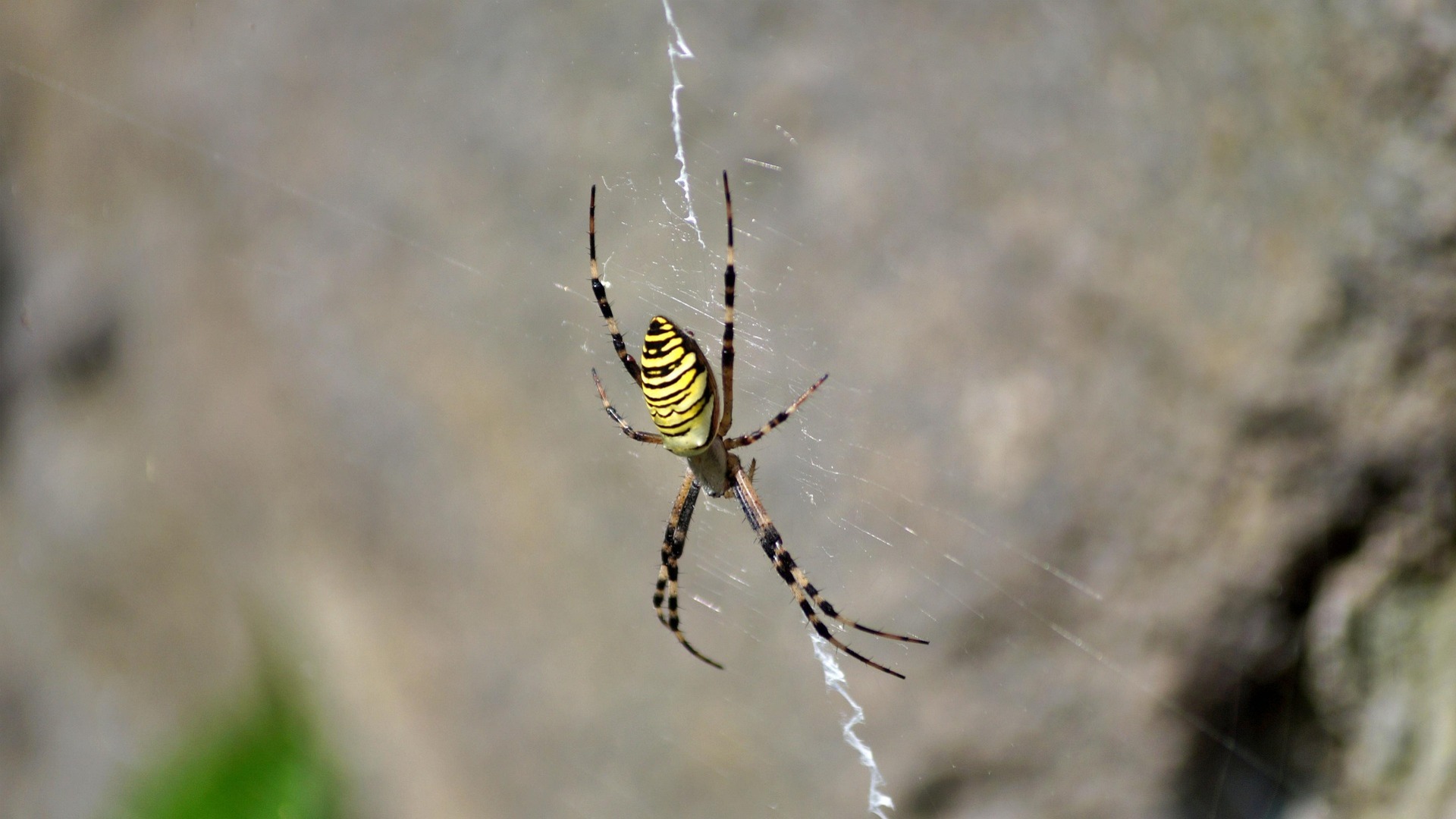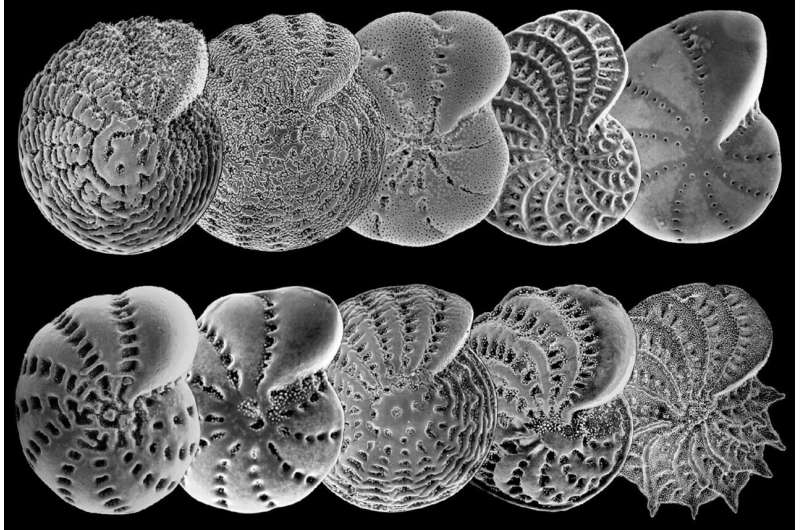Kelp species such as Saccharina japonica and Undaria pinnatifida are vital to global economies, yet rising seawater temperatures due to climate change are threatening their cultivation. In response, a team from the Chinese Academy of Sciences, led by Prof. Shan Tifeng, has developed a novel breeding method aimed at creating heat-resistant kelp cultivars, marking a significant advancement in the field. Their findings were published on November 19, 2025, in the Journal of Phycology.
The urgency for this research arises from the detrimental effects of global warming on kelp farming. Traditional breeding methods have struggled to produce cultivars that can thrive in warmer waters. Triploid breeding, often used in terrestrial crops, has seen limited application in seaweeds, primarily due to technical challenges.
Prof. Shan explained that previous attempts to obtain diploid gametophytes from heterozygous sporophytes were hindered by unpredictable sex determination, preventing precise breeding. “This issue has become the primary technical bottleneck limiting triploid breeding in kelp,” he noted.
To tackle this challenge, the research team employed a method involving doubled haploid (DH) population construction technology, focusing on Undaria pinnatifida. They successfully generated homozygous diploid gametophytes by inducing apospory in DH sporophytes. This approach allowed them to cross these gametophytes with haploid gametophytes, resulting in the creation of triploid sporophytes.
The researchers first obtained DH sporophytes through the self-fertilization of a monoicous gametophyte. They then derived single-sex male diploid gametophytes via apospory and crossed them with three female haploid gametophyte clonal lines. This process culminated in the successful development of three triploid hybrid lines.
Cultivation trials at a seaweed farm demonstrated that these triploid hybrids outperformed traditional diploid cultivars. They exhibited a faster growth rate, longer blades, and enhanced resistance to high temperatures and aging. Additionally, they showed a notable characteristic of sterility, making them more suitable for cultivation without concerns of unwanted reproduction.
“This triploid breeding method established in this study may also be applicable to other kelp species, as they share a similar life cycle,” Prof. Shan added. This innovative approach provides a practical tool for polyploid breeding in kelp, paving the way for the development of more resilient and adaptable varieties.
The implications of this research are significant, as it supports the stable growth of the seaweed farming industry. Kelp cultivation not only contributes to economic viability but also plays a crucial role in marine ecosystems. As climate change continues to pose challenges, advancements like these are essential for ensuring the sustainability of vital marine resources.
For further details, see the study by Tifeng Shan et al., titled “Breeding of triploid Undaria pinnatifida through crossing aposporous gametophytes derived from doubled haploid sporophytes with haploid gametophytes,” published in the Journal of Phycology.







